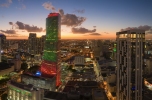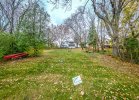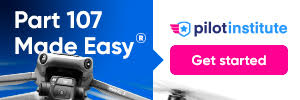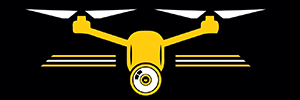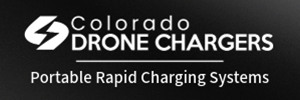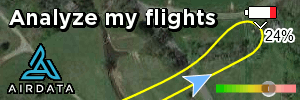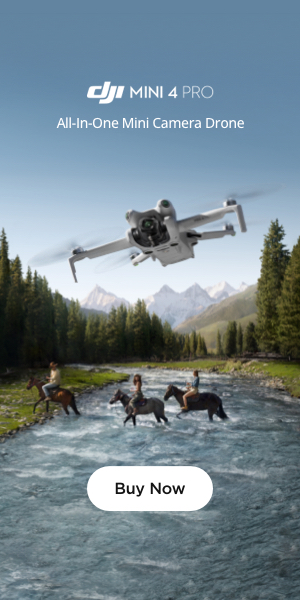I know drones can do panaroma photos and its just the drone staying on one spot and turning, this generally gives a rounded photo look.
I was wondering if it might be best to take a photo, then move the drone side ways, take another photo and keep repeating this process. Once thats done stitch them together and would this give a more flat looking photo? I havent tried this yet but curious if others have and how were the results.
I was wondering if it might be best to take a photo, then move the drone side ways, take another photo and keep repeating this process. Once thats done stitch them together and would this give a more flat looking photo? I havent tried this yet but curious if others have and how were the results.



